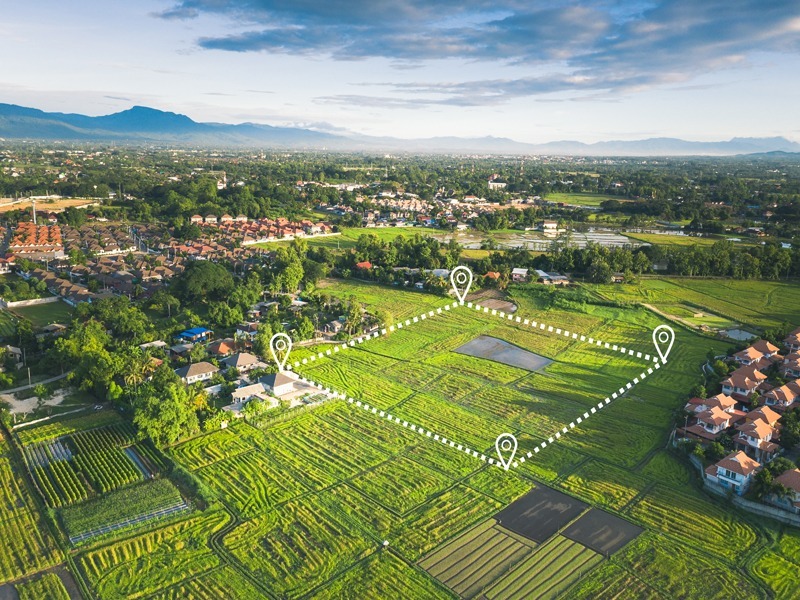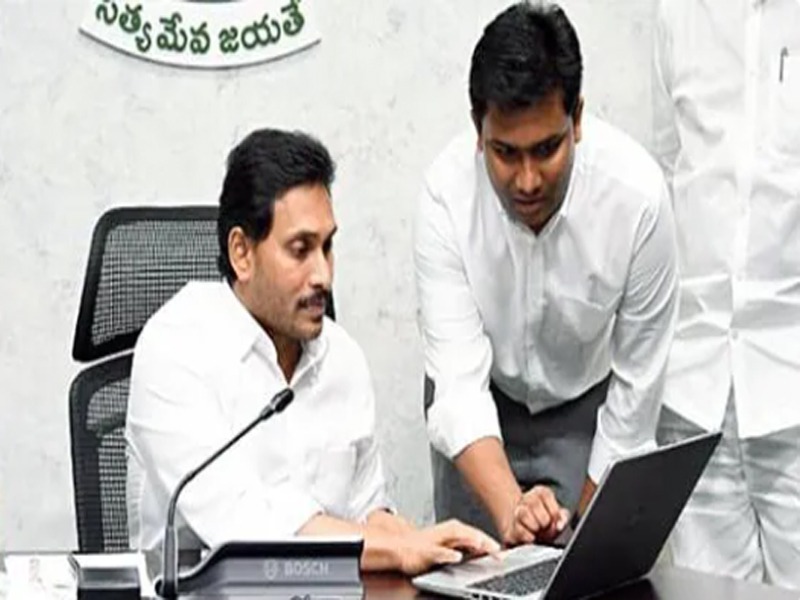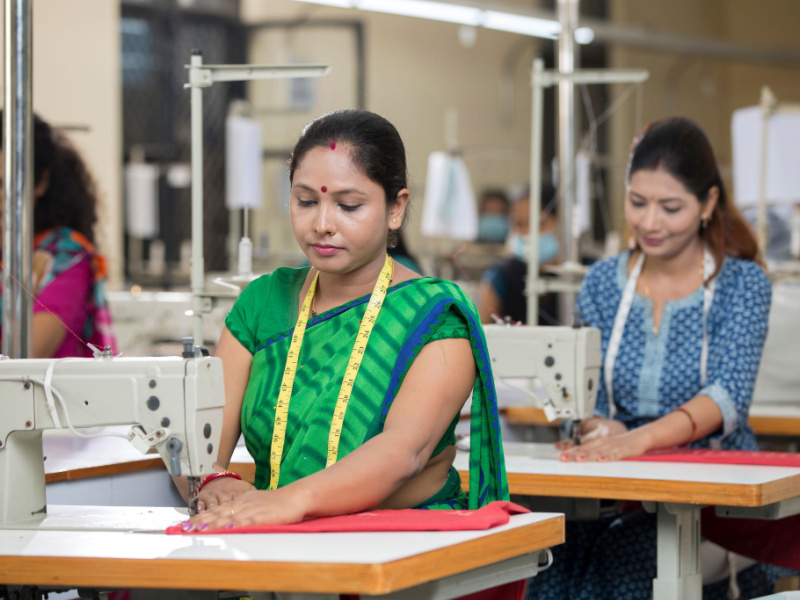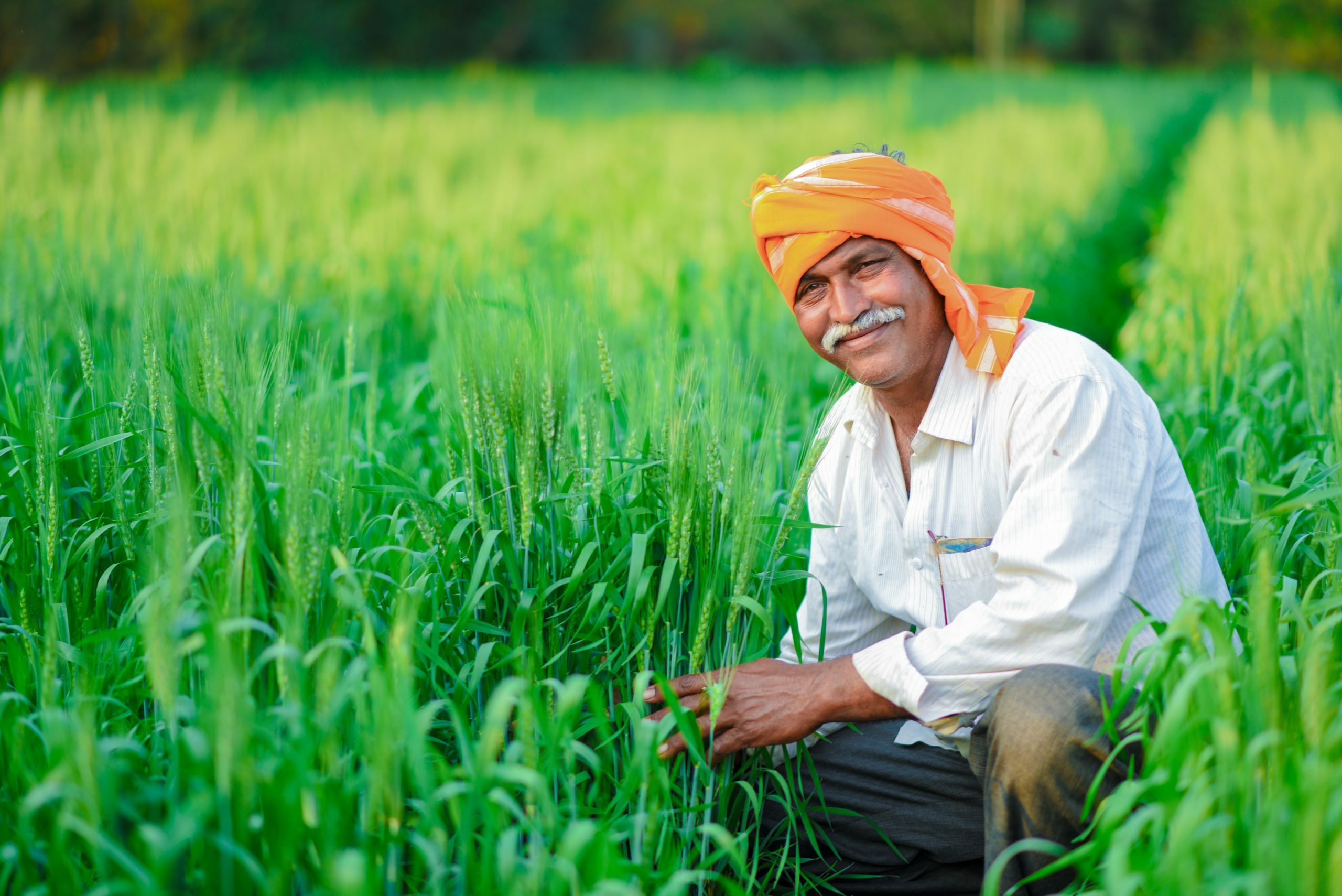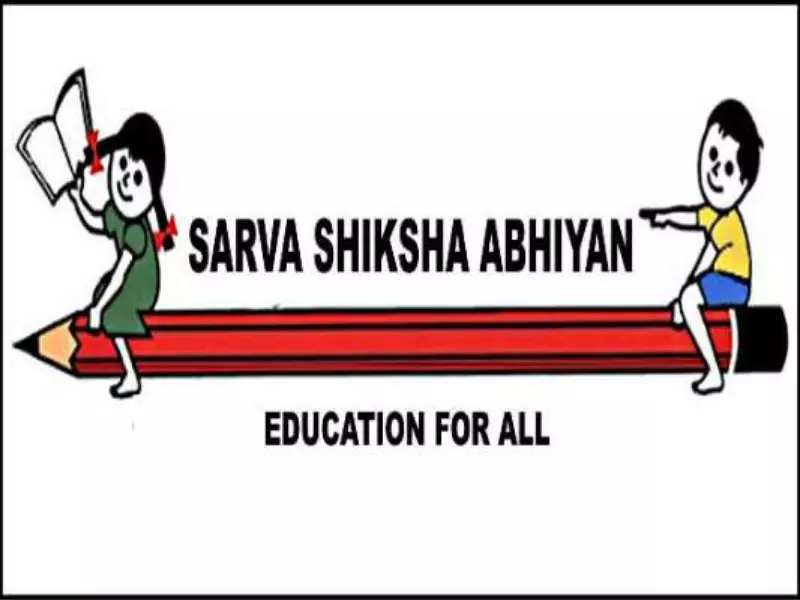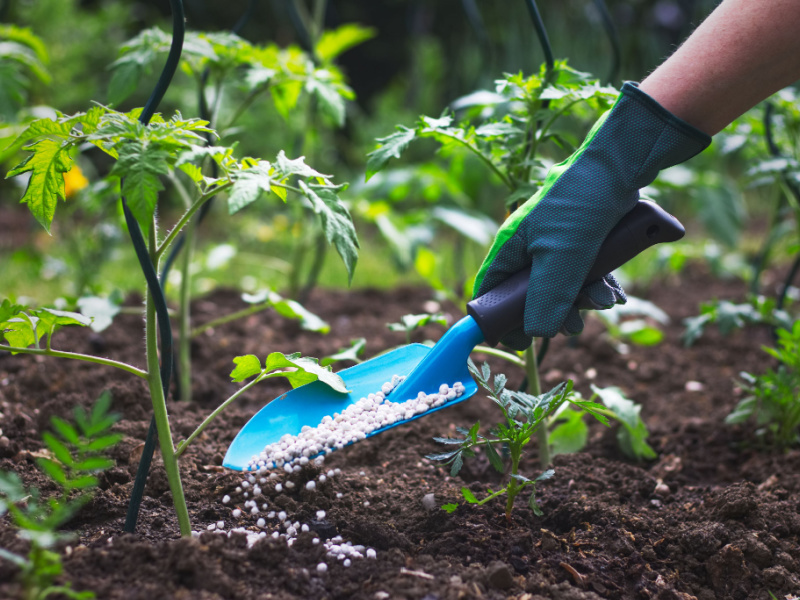
Farmer Fertiliser Subsidy’s Purpose
In the Financial Year 2022, the main goal of the plan update will be to diminish the involvement of mediators in costings. Previously, intermediaries could sell fertilisers at more incredible prices than those specified by the government due to a split payment system. As a result, the farmers’ benefit was reduced, and the agents’ incomes were unequal. As a result, the entire system will be digitalised once the producers receive a 100 per cent subsidy after registering their fertiliser purchases from farmers. This will also ensure that farmworkers buy fertilisers at the correct rates. In addition, the government will receive a list of farmers who are eligible for the subsidy.
Features of the DBT Direct Benefit Transfer Fertilizer Subsidy Scheme
The scheme worked so that farmers received 80-90 per cent of the subsidy money after delivering fertilisers to lower-level market agents. The remaining account was given to the retailers after the fertilisers were sold to the farmers who were eligible for the subsidy. This resulted in a lower market response ratio and, thus, less efficiency.
The subsidy expenditure was higher, but the response was lower. Furthermore, it was not certain that the farmers would receive the correct reward and that all farmers would profit. According to reports, 100 per cent of the money would be handed to the growers only once the farmers receive fertilisers.
Division of Fertilizer Subsidies:
The Fertilizer Subsidy Division (formerly known as the Fertilizer Accounts Division) is led by a Joint Secretary and aided by a Director (FS). The Fertilizer Subsidy Division is responsible for paying OMIFCO/Canalizing agencies for imported urea, recovering Pool issue urea prices from Handling Agencies, delivering ocean freight to vessel owners, and disbursing subsidy payments for imported urea, indigenous and imported P & K fertilisers, SSP, and City Compost, including freight subsidy, reimbursement of freight, insurance charges, custom duty, and handling charges. The donation is given to fertilisers that are sold for use in agriculture.
Fertilizer Subsidy Division Work Allocation:
A. Subsidy for Fertilisers (Imported) Wing: –
I. Imported P&K Fertilizers: – Release of ‘On Account’ subsidy payments of 85 percent (without bank guarantee)/90 percent (with bank guarantee) and ‘Balance’ 15 percent /10 percent subsidy claims and Freight Subsidy claims under the Nutrient Based Subsidy Scheme for the pre-DBT period. Following the pan-India rollout of the DBT system, fertiliser businesses receive a 100 per cent subsidy on various P&K fertiliser grades based on actual sales to beneficiaries by retailers.
II. Imported Urea: Payment of 100% Import Cost of Urea, 98 per cent Advance Claim and 2% Balance Claim of Pooled Urea Import Cost, and Settlement of 90% Advance and 10% Ocean Freight Claims.
Maintenance of the Master Control Register is the third step (MCR)
B. Indigenous Fertilizer Subsidy Wing:
I. DBT Subsidy Release for Indigenous P&K, DAP, SSP, and City Compost- Under the DBT system, fertiliser businesses receive a 100 percent subsidy on various fertiliser grades based on actual sales to beneficiaries by retailers.
II. Indigenous P&K Fertilizers – Release of “On Account” subsidy claims of 85 percent (without bank guarantee) /90 percent (with bank guarantee) and “Balance” subsidy claims of 15 percent /10 percent and Freight Subsidy claims under the Nutrient Based Subsidy Scheme.
III. Indigenous SSP Fertilisers: Release of ‘On Account’ 85 percent (without bank guarantee)/90 percent (with bank guarantee) subsidy claims, as well as ‘Balance’ 15 percent /10 percent subsidy claims and Freight Subsidy claims, under the Nutrient Based Subsidy Scheme.
IV. Release of ‘On Account’ and ‘Balance’ 50 percent subsidy claims for City Compost.
C. Other projects
C. Fertilizer Subsidy (Indigenous) wing & Fertiliser Subsidy (Imported) wing miscellaneous works: –
I. Budget Estimates/Revised Estimates/Outcome Budget Preparation
II. Monthly Budget Preparation for Subsidy Release During a Specific Month
III. Expense reconciliation with the PAO
Internal/CAG Audit Paragraphs/ATNs/Public Accounts Committee Reports/Standing Committee Reports IV.
V. Questions and Assurances from the House of Commons
RTI Is Important
VII. Cases in Court
VIII. Weekly, monthly, quarterly, half-yearly, and annual reports
IX. Coordination with other departments of Défense Divisions and filing various reports.
Fertilisers containing DBT:
- The receivers or farmers are defined as the scheme’s primary process.
- The fertiliser businesses will pay the money to the bank account after proper authentication of the Aadhar card, the same as LPG.
This scheme’s framework is as follows:
The fertiliser’s specific selling price will not exceed the market price. As a result, farmers will not have to pay any more fees.
The authentication of Aadhar cards would be used to identify each farmer.
The farmer is free to decide how much he needs to buy and how much he has to buy. He can keep his preferences in mind and act accordingly.
The fertilisers they will receive will be at a discounted price. The government will pay the subsidies directly to the companies, which will be done on behalf of the farmers.
DBT Fertilizer Subsidy DBT’s
Potential benefits to farmers include: –
All farmers’ Aadhar cards will be created, which will be advantageous in the future.
There will be greater openness in the system, making things easier for farmers without the possibility of fraud. Because of this plan, a farmer can prioritise his preferences and purchase items based on his needs and budget.
There will be a record of actual and honest sales, as well as the subsidy amount.
Because the mechanisms provide perfect security, no information will be leaked or shared.
These digital transaction systems will generate a database of farmers that financial institutions such as banks can use to credit them with loans and other benefits.
Fertiliser usage varies by region, although widely used throughout the United States. For example, farmers in Punjab will use more fertilisers than farmers in other parts of the country. In reality, things differ depending on the region. Although this strategy may take a few years to bear fruit, it will undoubtedly become popular and profitable to farmers.
The government came up with this strategy after lengthy conversations about everything that came to mind, and after resolving all of the concerns, they designed it for Indian farmers. Many people are still sceptical about the benefits of this plan, but slowly but steadily, people will begin to believe in it. For farmers, there are several perks included in this scheme that they will comprehend once it starts to operate.
Check India’s Fertilizer Subsidy
Previously, LPG subsidy was a significant issue, but as you can see, things have now been resolved, and each of us is benefiting from the subsidy amount. So, in this essay, we have discussed the facts surrounding the Modi government’s fertiliser scam. Every point has been meticulously documented. We’ve gone over the system in detail, its merits, and how it’s benefiting farmers. Every detail has been examined to provide our readers with thorough and accurate information.














